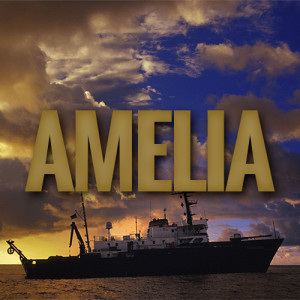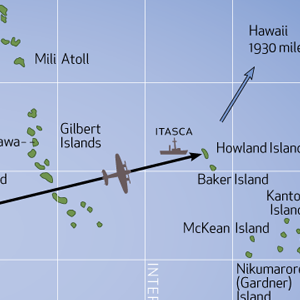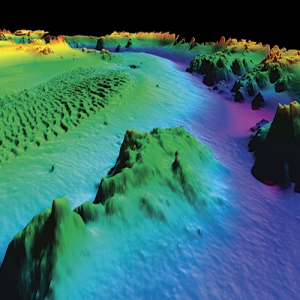Central Pacific Edition
Target Practice
How the Sonar Guys Tell a Sweet Spot from a Rock

 The Ops Center was abuzz the other evening with great interest in some new contacts imaged by the REMUS. After days of nothing, we can all be excused for getting pretty excited over a tiny bright spot on the screen! But how do the sonar dudes distinguish an interesting target, worth spending time to investigate, from an interesting pile of rocks? Well, they know that a “good” target has some special characteristics:
The Ops Center was abuzz the other evening with great interest in some new contacts imaged by the REMUS. After days of nothing, we can all be excused for getting pretty excited over a tiny bright spot on the screen! But how do the sonar dudes distinguish an interesting target, worth spending time to investigate, from an interesting pile of rocks? Well, they know that a “good” target has some special characteristics:
Size – The general size of the object is one thing. This can be measured on the sonar by a process called mensuration, which accounts for all of the geometric and speed distortions in the image.
Debris Field – Most catastrophic losses produce a debris field of some size. Sometimes there are secondary effects that disturb the bottom, like downblast waves, current vortexes (changing the bottom as currents move around the object), and the seepage of fluids or corrosion products from wreckage.
Reflectivity – Man-made objects tend to be significantly more reflective than naturally occurring materials. This has to do with several things, including the hardness and consistency of the material. For example a sheet of steel will have better reflectivity than a mound of steel. A long object (like a submarine hull) may echo much stronger if it lies parallel to the path of the sonar than if it were perpendicular to it. Also, an object that has some relief from the bottom may reflect more strongly, like a ridge compared to a flat rock. Other more subtle effects can arise from “resonant cavities”; with certain sonar frequencies, 55-gallon drums look like much bigger targets.
Geometric Patterns – Man-made objects tend to exhibit geometric patterns in the acoustic signature. Straight lines, right angles, parallel lines, etc…
Shadows – Man-made objects tend to have sharp, crisp shadows associated with them. Naturally occurring features tend to erode over time and therefore have fuzzy shadows.
We also consider the surrounding environment. Geology can mask a target, but often we are looking for something that is inconsistent with the trend of local geology, or standing out all by itself.
There is a lot of art and experience in this process. We are trying to pick a (hopefully) strong signal (our target) out of a highly variable noise environment ( random electronic noise, acoustic noise, biological noise, geology, vehicle stability, etc). The operators are constantly trying to tune the system correctly for the conditions so that the target will stand out against the background.
Finally, natural objects can look man-made … we see this in nature all the time. Piles of manganese nodules and volcanic rock can be highly reflective and take on suggestive shapes. We don’t want to waste time diving on a pile of rocks, but we don’t want to miss the real thing!
CELEBRATING INTERNATIONAL WOMEN’S DAY TODAY
In recognition of International Women’s Day, all women on Mermaid Vigilance are granted 24- hrs. shore leave. Enjoy!




